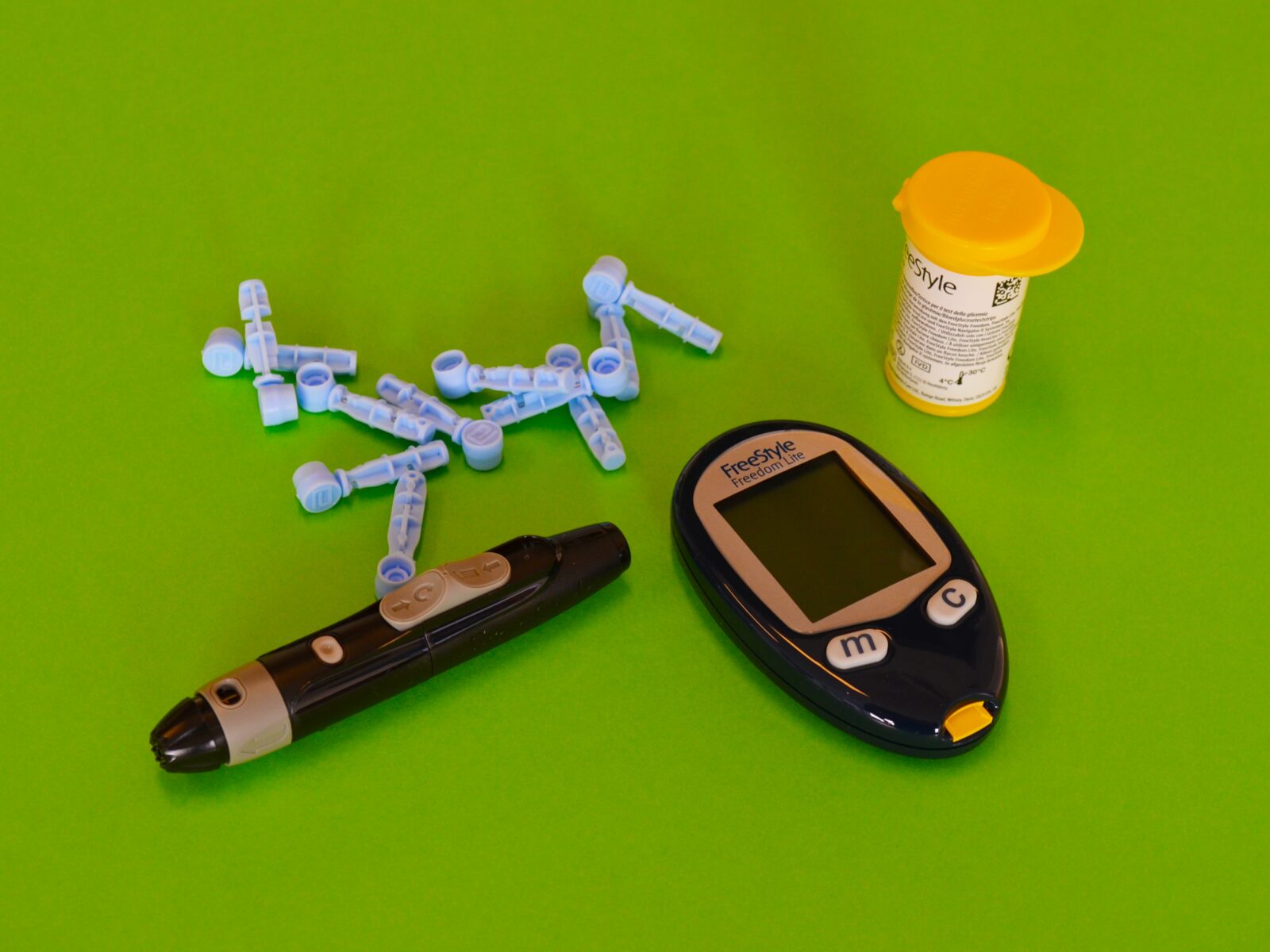New national guidelines have lowered the recommended age for diabetes screenings from 40 to 35 for adults who are overweight. One in four adults in the United States has diabetes. The disease that can be quickly and entirely prevented by taking effective measures to manage its progression. Being overweight increases the chances of developing the condition, and if left untreated, it can lead to heart problems, strokes, and diabetes complications. As obesity is becoming a growing health problem in the United States, type 2 diabetes is becoming increasingly common as well.
“We know the rates of prediabetes and diabetes are increasing in people who are younger. Our main reason for dropping the age is to match the screening with where the problem is: If diabetes and prediabetes are occurring at a younger age, then we should be screening at a younger age,” explained Dr. Chien-Wen Tseng.
Statistics revealed that 33% percent of adults over the age of 18 have prediabetes, while 14% are already diagnosed with diabetes. The initial 2015 guidelines from the United States Preventive Services Task Force recommended screenings for those over the age of 40. The newly updated recommendations now suggest early screenings, also focusing on groups with excessive diabetes rates such as black people, Hispanics, or American Indians. Moreover, diabetes screenings are recommended for overweight adults regardless of their age.
Type 2 diabetes is known as an illness of the insulin-producing cells in the pancreas. Insulin is a hormone sent from the body’s fat cells to the pancreas, which instructs it to make more of the protein insulin. In Type 2 diabetes, cells that produce insulin become damaged or defective and cannot appropriately respond to the hormone. This leads to the body having too much insulin in the blood. Ultimately it leads to dehydration and the development of hypoglycemia (low blood sugar).


























Leave a Reply